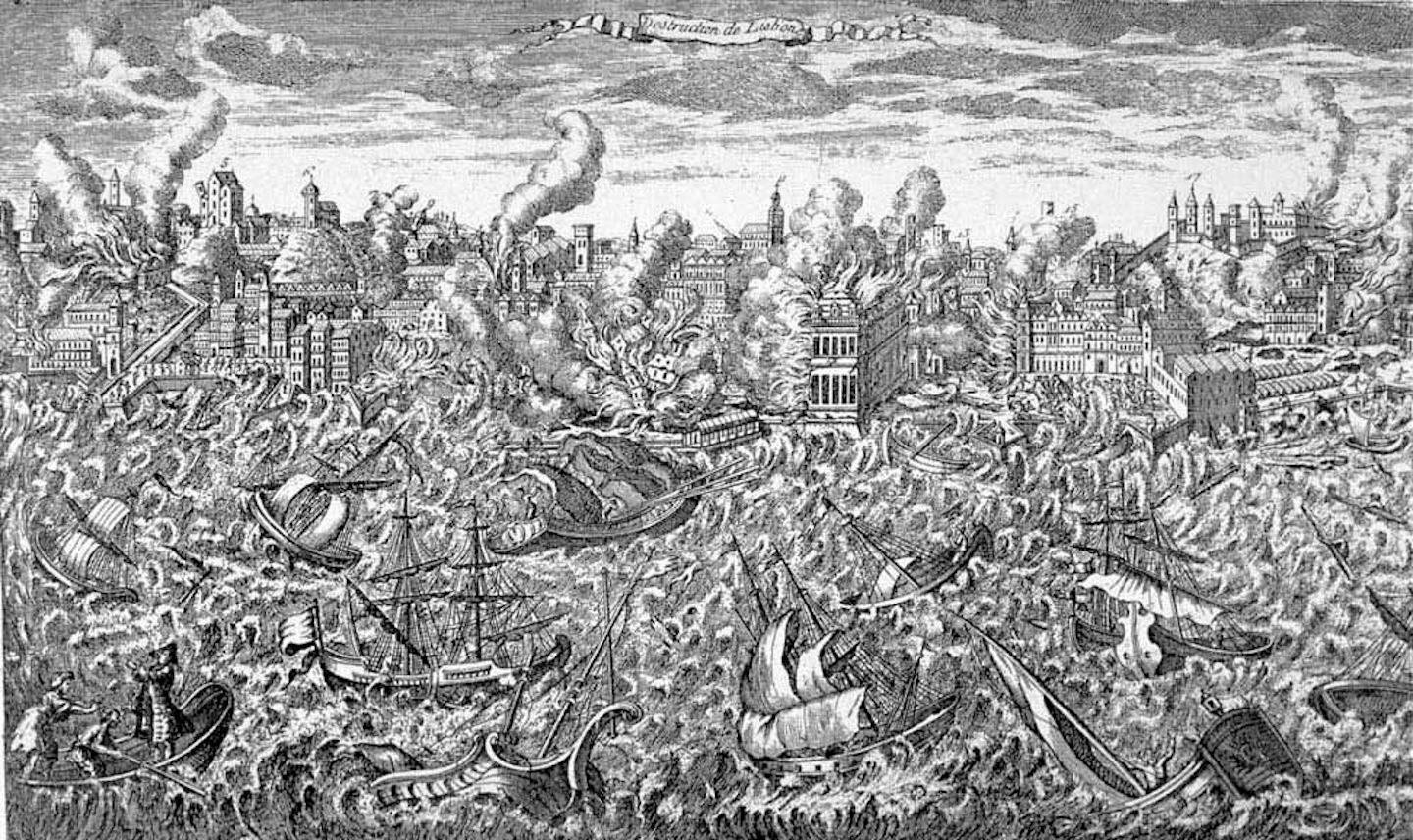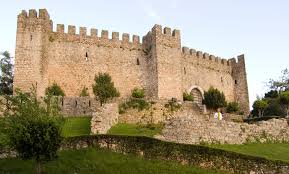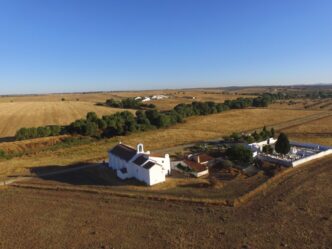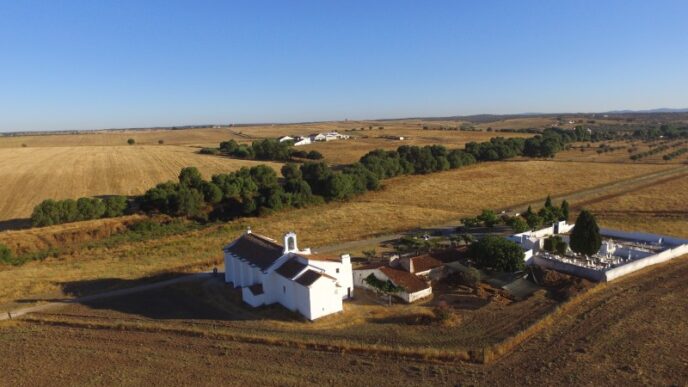Lisbon, the vibrant capital of Portugal, has a rich history marked by significant events, one of the most devastating being the 1755 earthquake. Before this cataclysmic event, Lisbon was a city of grandeur and importance in Europe. Here are some fascinating historical facts about Lisbon, before the earthquake that reshaped it.
1. A Flourishing Port City
In the 18th century, Lisbon was one of Europe’s most important port cities. Its strategic location on the Atlantic coast made it a hub for international trade. Ships from all over the world docked in Lisbon, bringing spices, silks, and other exotic goods. The wealth generated from this trade contributed significantly to the city’s prosperity and growth.
2. Architectural Marvels
Lisbon was known for its stunning architecture, characterized by grand buildings and ornate designs. The cityscape was dotted with majestic palaces, churches, and monasteries, many of which were adorned with intricate tilework and baroque elements. One of the most remarkable buildings was the Royal Ribeira Palace, a symbol of Portuguese royalty and power.
3. Cultural and Scientific Hub
The city was a thriving cultural and intellectual center. Lisbon was home to the Royal Academy of History and other institutions that fostered learning and innovation. The city’s libraries and archives were repositories of vast knowledge, attracting scholars and intellectuals from across Europe.
4. Religious Significance
Lisbon was also a city of deep religious significance. It was a center for Catholicism, with numerous churches and convents playing a pivotal role in the community. The Patriarchal Cathedral of St. Mary Major, a central religious edifice, was a focal point for worship and religious gatherings.
5. Social and Economic Hierarchy
Before the earthquake, Lisbon had a well-defined social and economic hierarchy. The city was inhabited by a mix of nobility, merchants, artisans, and commoners. The affluent class lived in grand mansions and palaces, while the working class resided in more modest quarters. This diversity contributed to a vibrant and dynamic urban life.
These historical facts highlight the grandeur and significance of Lisbon before the 1755 earthquake. The disaster not only reshaped the city’s physical landscape but also marked a turning point in its historical narrative.










